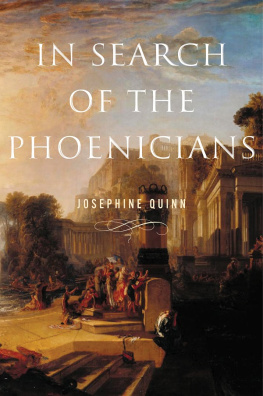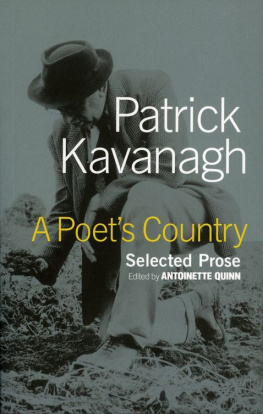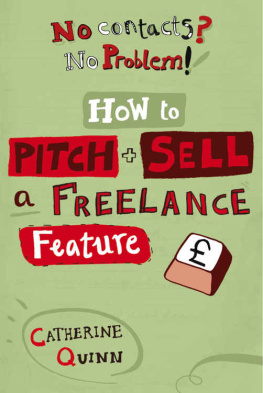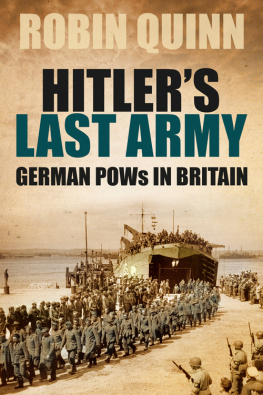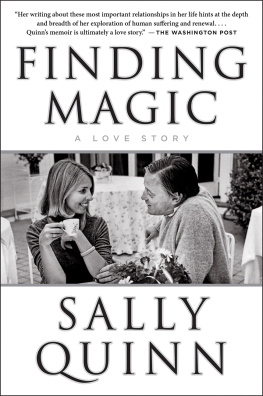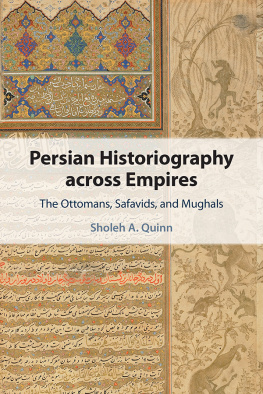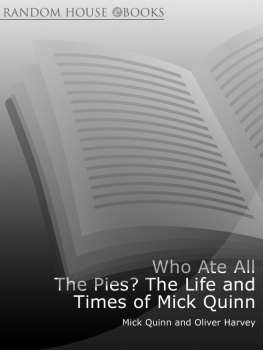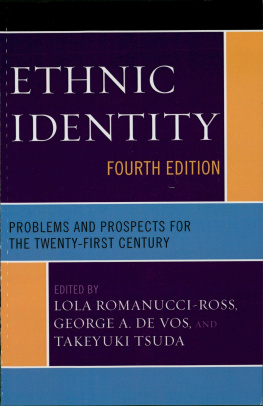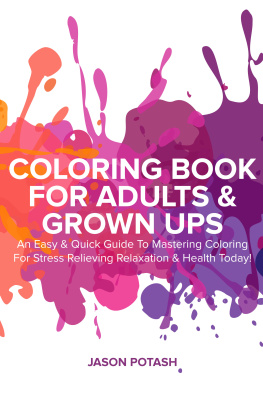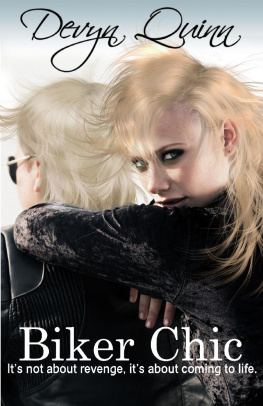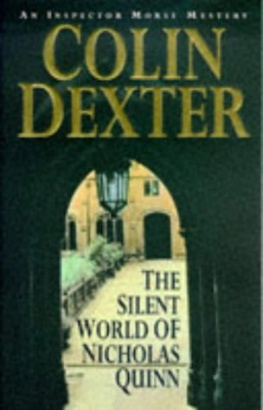In accordance with the U.S. Copyright Act of 1976, the scanning, uploading, and electronic sharing of any part of this book without the permission of the publisher constitute unlawful piracy and theft of the authors intellectual property. If you would like to use material from the book (other than for review purposes), prior written permission must be obtained by contacting the publisher at permissions@hbgusa.com. Thank you for your support of the authors rights.
T ODAY IT MAY LOOK LIKE A S WISS VILLAGE, BUT P ARK S LOPE , Brooklyn, in the 1970s was maybe the most mixedintegrated, they called itneighborhood in the history of the world. Park Slope in the seventies was magical. It was a special place to grow up. Everyone felt it, except the murder victims.
I would walk home from Intermediate School 88, past Puerto Rican blocks, black blocks, Italian blocks, Irish blocks, the Arab deli, the Chinese takeout place, the first Dominican bodega, and the remnants of what was once a big Polish neighborhood.
One block would look as bombed-out as the South Bronx and the next would look as clean and affluent as Park Slope today. My block was Puerto Rican on one corner, black on the other, and Irish, Italian, and Jewish in the middle. From kindergarten through high school, we had every kind of kid in my house all the time. So I should be the only person in the country allowed to talk about race.
And yet what Ive seen more and more in the past thirty years are well-meaning people who rolled out of some annoying suburb and then moved to New York and immediately began trying to regulate everyones language and thoughts. People are so very afraid of offending that they act like diversity doesnt even exist. As a result, there is this weird impulse in American culture today to say, Were all exactly the same. To celebrate diversity as long as you dont point out anyones differences.
If you ask people to describe somebody, theyll avoid saying their color. If pushed, their voice drops with shame and regret that they still think in those terms. You even hear cops going, even in the police blotter: The suspect was 5'10" and 280 poundsand thats not fat-shaming, were just pointing it out.
Im tired of humorless activist people decreeing that we only use these words and never those, and that we check our privilege, in case we say the wrong thing and trigger someone. Supposedly nonjudgmental judgmentalism used to be what Southern California was for, but now its encroaching even here in New Yorkwhere people are supposed to come to judge things. Its not the place to re-create the boring suburban landscape of your childhoods.
I dont like being bossed aroundand thats not using the word bossy in a gender-specific mannerespecially when it comes to humor, and especially not by the least funny people on earth. Across the country, the sexist office asshole has been replaced by the flat-affect, dead-eyed modern-day Puritan. Both groupsthe old-school assholes and the neo-Puritansshare a common goal: to wipe the smile off of everyones face.
People who condemn other people for talking about race are usually members of what my friend Harry calls the never-been-punched-in-the-face clubsmug, obnoxious people who feel very confident in their ability to say anything they want about what other people should and shouldnt do because theyve never received a nice shot in the grill.
New Yorkers used to be straight shooters and loudmouths. They spoke their mind. The opinionated cabbie. The construction worker. The counterperson. The merchant. The old man at the bar. The guy selling pretzels. You can buy a better pretzel anywhere in the country, but what made the New York pretzel the best was the shitty, sarcastic attitude of the guy selling it. When I was growing up, tourists didnt come here for the Rockefeller Tree or nice place to bring your kids. They came to be told to fuck off by a real New Yorker.
Native New Yorkers have always had the abrupt, honest tone we need when talking about race. Its so much better than todays lethally fake one: Im sorry you feel that way. Thats very interesting. I never thought about it like that. Im not sure Im comfortable with that terminology. A strained smile of acceptance and a golf clap.
So all the nuances go unexplored. There are degrees of racism. Yes, unlike a little bit pregnant, you can be a little bit racist! Theres a difference between a white supremacist and a little old white lady who slightly clutches her purse when a black guy gets in the elevator with her; between a white guy who doesnt hire black people and a white guy who flinches the tiniest bit when he sees a photo of his teenage daughter with her new friend at a Kendrick Lamar concert.
This is not an ethnic joke book: drunk Irish black guys with big dicks, bad Asian drivers. I dont want to deal with them because to do so would be to beat a dead horse, and I dont want to offend animal rights activists.
Different cultures are different. If you go to Queens, you can see restaurant signs with pictures of exotic fish with human faces, flamingos fighting over a burrito on Roosevelt Avenue, roasted guinea pigs hanging on a clothesline in Elmhurst, a mongoose spitting from a fire escape. Thats what I want to talk about.
These days, the supposedly enlightened response to most questions is, Whos to say? My answer: Everyones to say. That used to be New Yorks motto.
TRIGGER WARNING: This book may be harmful to impressionable adults. It may raise distressing, troubling, problematic concerns. It may be tone-deaf in todays climate. Given the fact that its coming from a place of white Eurocentric unconscious paternalistic fear of the other, it may add to divisiveness. It may contain stereotypes or generalizing. If offended, please alert Twitter or your favorite local blogger.
N OTHING MAKES A ROOM TENSE UP FASTER THAN TALKING about black people when youre white. People will make jokes about Europeans all day long: Germans are Nazis. Everyone hates the French. But as soon as you start talking about people who arent white and you are white, everyone gets anxious. Is this what were striving for, avoidance of the topic at all costs? Frozen smiles and polite, strained looks?
To me, there are two routes to take when it comes to dealing with race: Stay separate and pretend we arent different at all, or live together and acknowledge the ways in which race sometimes does actually matter. Of course, the compromise of living halfway together and pretending we are all the same is working out wonderfully.
* * *
Black people showed up in New York City in the early 1920s, in the white Manhattan suburb called Harlem. Before that, black people lived only down South. Until 1963, everyone wanted to be white. Wingtips, and whistling big band music on your way to the foundry, slaughterhouse, or brewery; you walked white, tipped your unironic fedora to the ladies, and shook hands with a hearty How doya do? Everyone acted whiteeven Malcom X straightened his hair. There was a dress code: No jeans. No sneakers for anyone over twelve. You had to wear a shirt and tie if you were a guy. Even on construction sites: shirt and tie. Health food was a can of mixed fruit with syrup and food coloring.
Then one day in May of 1964, two soul brothers (as they were known back then) ran into each other on the street. Instead of the usual Hiya, pal, hows tricks? and a firm grasp of each others hands, one guy put out his palm and said Gimme some skin, Jack and the other guy slapped his palm and that was that. They changed the greeting! Thats kind of a major thing if you think about it. People are greeting each other all over the country, maybe one out of every three people every day. Thats 191.9 million people in the U.S. back then. Thats about sixty-four million greetings a day. And black people changed probably half of those. Black culture then ruled New York City. Before, there had been watch repair, TV repair, shoe repair, and clothing repair, even though everybody owned a sewing machine. Suddenly, even my father was wearing a hip, open shirt and growing a beard. People were smoking joints, the Knicks were the stars of New York, and people listened to Gamble and Huff music while wearing giant shoes.


